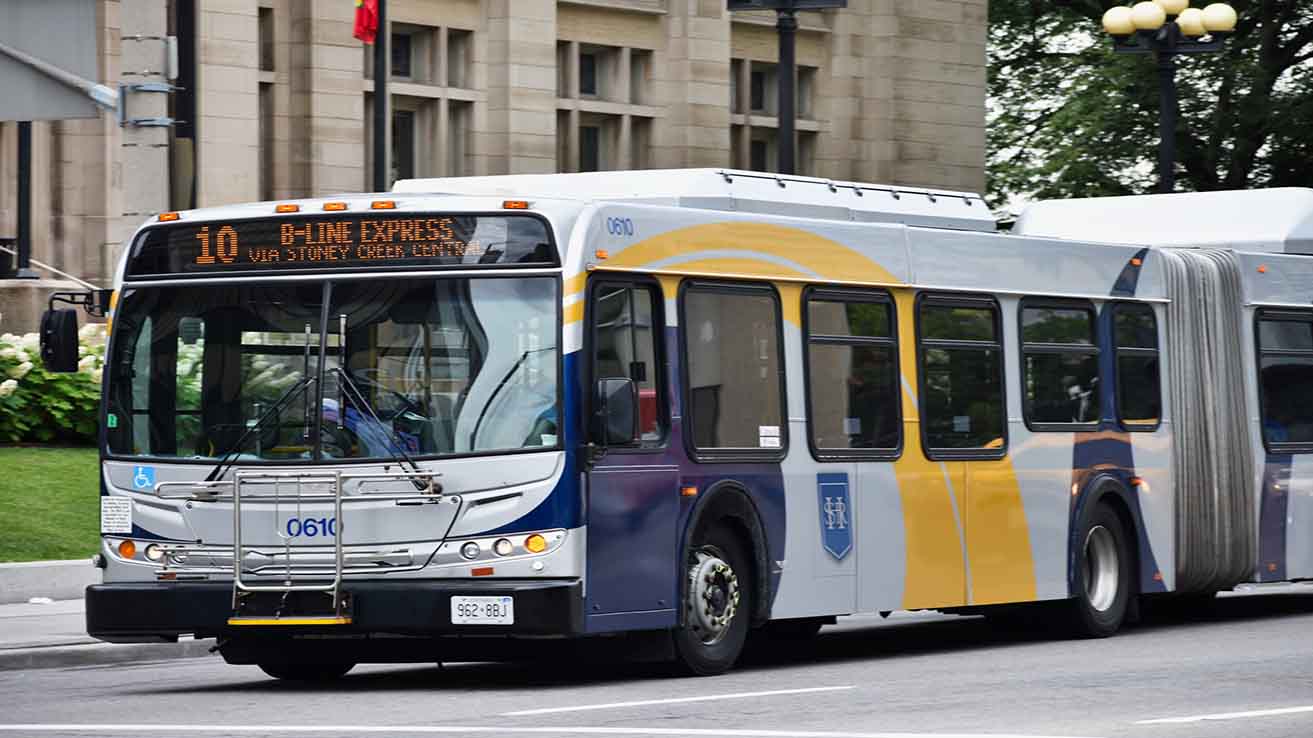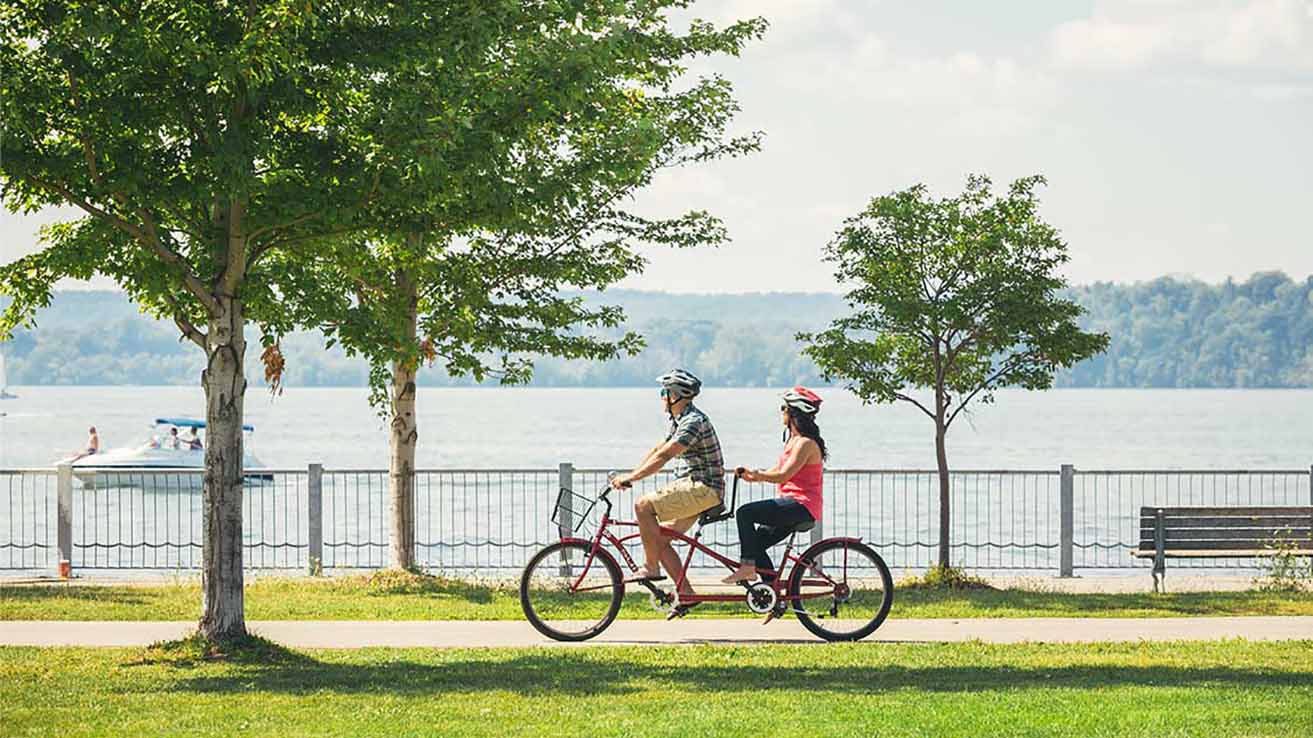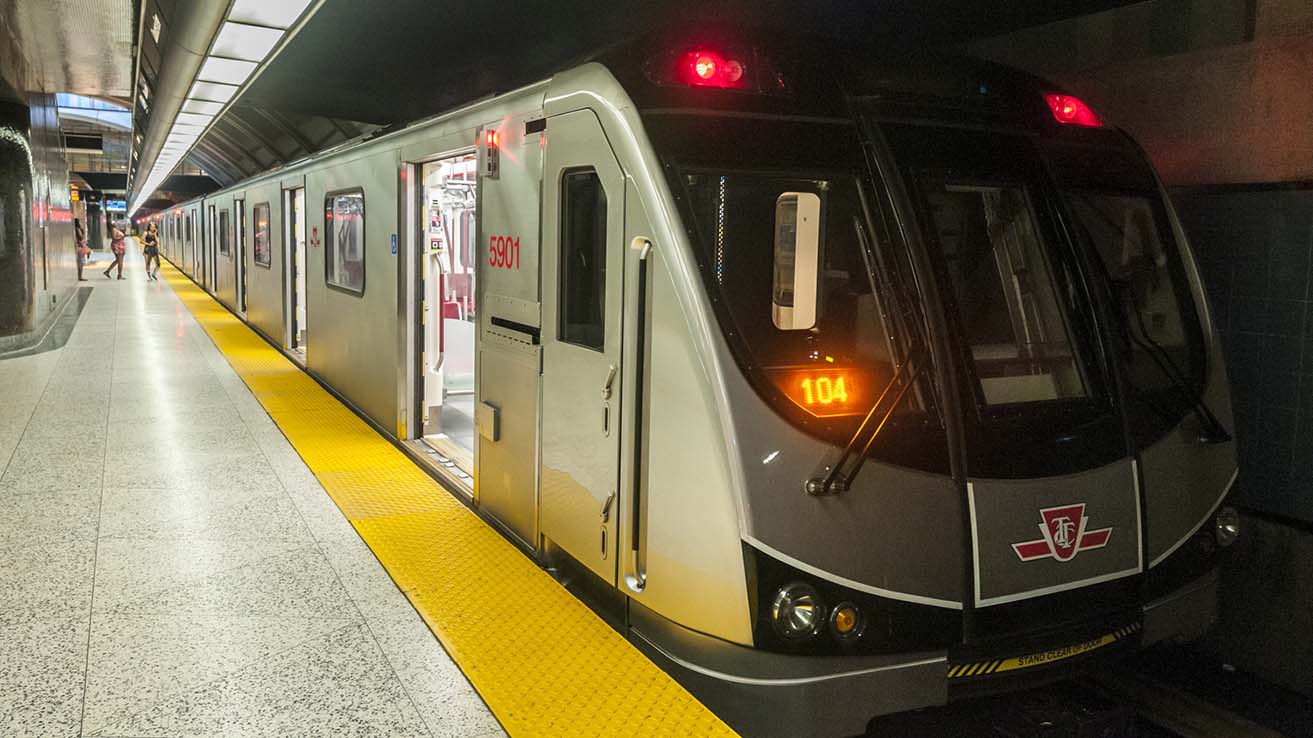The first time I arrived in Hamilton, I was struck by its mix of urban bustle and sprawling suburban charm. It’s a city that doesn’t feel huge but has pockets of activity that are spread out, especially when you start exploring beyond the downtown core. I immediately realized that understanding transportation would be key to enjoying my stay. Should I rely on public transit, or would renting a car make my life easier? Over multiple visits, I’ve experimented with both options extensively, and each has its advantages, challenges, and hidden quirks.
Hamilton is a city that rewards planning when it comes to mobility. Whether you’re chasing waterfalls in Dundas Valley, strolling along the waterfront trail at Bayfront Park, or exploring the food scene on James Street North, your choice of transportation impacts both convenience and cost.
Planning Ahead: Resources I Use
Before diving into Hamilton’s transit options, I always start by checking several Canadian travel platforms to optimize my trips:
- Expedia.ca — For booking downtown hotels, especially when I want easy access to bus routes or pick-up points for rental cars.
- Airbnb.ca — Occasionally, I choose apartment-style rentals near the waterfront to minimize my need for transit.
- FlightHub.ca — For friends flying in from other cities, ensuring arrival logistics syncs with my transportation plan.
- OpenTable.ca — Helpful for making dinner reservations, particularly in areas where driving and parking might be inconvenient.
- Viator.com — Excellent for booking tours and experiences, some of which include transportation options that integrate with either public transit or rental cars.
Having these platforms bookmarked ensures that whether I choose a car or transit, I can coordinate lodging, dining, and activities efficiently.
Exploring Hamilton by Public Transit
Hamilton’s public transit system is operated by the Hamilton Street Railway (HSR), a network that serves as the city’s backbone for mobility. While it is quite comprehensive in certain areas, particularly downtown and other high-density neighborhoods, it can feel limited if your itinerary stretches toward suburban attractions, conservation areas, or the numerous hiking trails around the Niagara Escarpment. Nevertheless, for first-time visitors who want to explore Hamilton without the hassle of driving, the HSR offers a cost-effective and environmentally friendly way to navigate the city.
Bus Network Overview
The HSR network consists primarily of buses, which run along major streets and through outlying neighborhoods. Key routes such as the 1 King, 2 Barton, and 51 University serve high-traffic corridors and typically operate every 10–20 minutes during peak hours. During my first week-long visit in July, I relied solely on HSR for transportation. I found downtown and the waterfront to be easily accessible, and I could hop on a bus from Jackson Square to Bayfront Park or make a short transfer to reach the art galleries along James Street North.
My Personal Experience
One afternoon, I planned a trip to Dundurn Castle, followed by a walk along the waterfront. Using HSR required two bus transfers and about 40 minutes of travel from my hotel. While the buses were clean, air-conditioned, and the drivers were friendly, the wait times between buses forced me to plan my schedule carefully; otherwise, I risked losing valuable sightseeing time. That said, traveling by bus gave me the opportunity to observe Hamilton’s neighborhoods in a way I wouldn’t have from a car, noticing small cafés, murals, and parks along the way.
Cost & Tickets
- Single ride: CAD \$3.25 for adults, \$2.75 for seniors.
- Day pass: CAD \$10.50, providing unlimited travel for 24 hours.
- Prepaid tickets are available at HSR kiosks or via the HSR mobile app.
For visitors planning multiple daily trips, day passes often provide the best value. I also discovered that combining transit with walking is necessary, especially in areas like Westdale or near the Royal Botanical Gardens, which are not directly served by buses.
Pros and Cons
Pros:
- Affordable for solo travelers or short trips.
- Eco-friendly, with Hamilton gradually introducing hybrid and electric buses.
- Downtown convenience, avoiding parking hassles.
Cons:
- Limited coverage in suburban or rural areas.
- Transfers can be confusing for first-time users.
- Evening service is less frequent on certain routes, requiring careful planning.
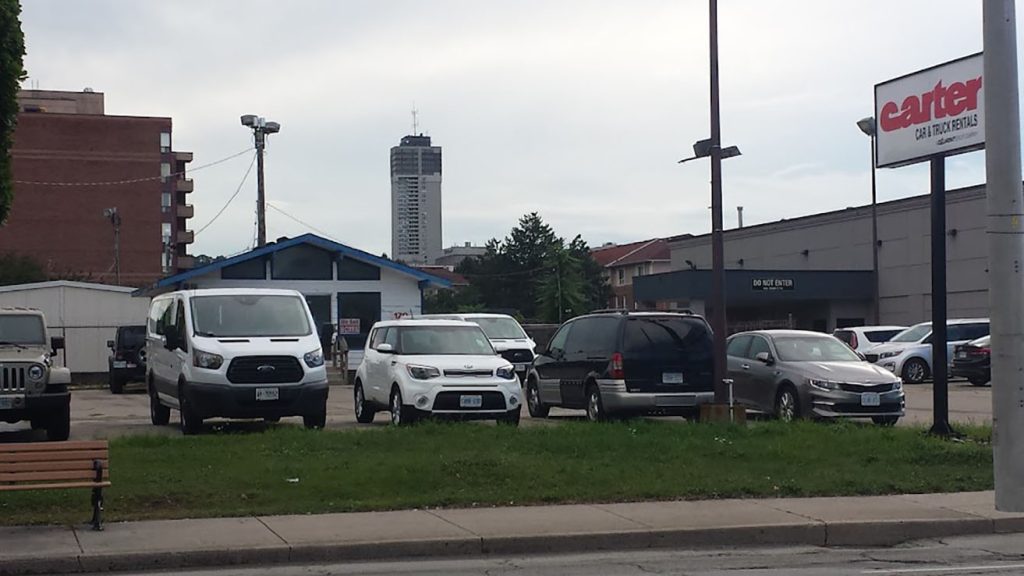
Renting a Car in Hamilton
For many trips, especially if you want to explore Hamilton’s outskirts, waterfalls, and the escarpment trails, renting a car can transform your experience.
Rental Options
I typically book through Expedia.ca or directly through companies like Enterprise, Budget, or Avis. For longer stays, I’ve sometimes found package deals that include discounted weekly rates and insurance coverage.
The first time I rented a car in Hamilton, I wanted to explore the Dundas Valley Conservation Area, Albion Falls, and Webster’s Falls in a single day. Using public transit would have required multiple bus transfers and taxis, which would have eaten into my sightseeing time. The car made it effortless—parking at each trailhead was simple, and I could pace myself without worrying about bus schedules.
My Personal Experience
One summer evening, I drove along the Niagara Escarpment and watched the sunset from Sam Lawrence Park. Having a car meant I could leave downtown on a whim, take scenic detours, and return after dark without stress. On another day, I visited the Royal Botanical Gardens, located a short drive from the city center, and explored multiple gardens in one day—something nearly impossible relying solely on buses.
Cost Considerations
- Daily rental: CAD \$55–\$80 for economy vehicles, including basic insurance.
- Weekly rates: Often reduced to CAD \$300–\$450, depending on the season.
- Gasoline: Expect CAD \$1.40–\$1.70 per liter in summer months.
- Parking: Downtown Hamilton parking meters cost CAD \$1.50 per hour, and many lots charge CAD \$10–\$15 for full-day parking.
Booking early and checking Expedia.ca or FlightHub.ca rental bundles can often reduce costs significantly. I’ve found that weekday rentals are sometimes cheaper than weekend pickups, even for identical vehicles.
Pros of Renting a Car
- Freedom to explore suburbs, waterfalls, and hiking trails.
- Flexible timing—no waiting for buses or adhering to schedules.
- Easy to transport luggage or picnic gear for waterfront trails.
Cons of Renting a Car
- Parking fees in downtown and popular tourist areas.
- Gasoline costs add up during long excursions.
- Traffic during peak hours can slow travel times, especially near the QEW corridor.
Comparing Convenience and Costs
I like to break it down with a personal approach:
- Short Downtown Stays: HSR is convenient, affordable, and keeps you stress-free from parking issues. You can combine walking and buses to explore James Street North, Bayfront Park, and Pier 4.
- Multi-Day or Outskirts Exploration: Renting a car becomes almost essential if you want to visit Dundas Valley, multiple waterfalls, and the escarpment trails efficiently.
During my week-long July stay, I actually combined both. I rented a car for two days to explore the waterfalls and countryside, then returned downtown and relied on HSR for festivals, galleries, and waterfront strolls. This hybrid approach saved money while maximizing mobility.
Suggested Day Itinerary Using Public Transit
- Morning: Take HSR Route 51 from downtown to Jackson Square, grab coffee from Mulberry Coffeehouse, and walk to the Art Gallery of Hamilton (123 King Street West, admission CAD \$10–\$15, tickets can be pre-booked via Viator.com).
- Midday: Hop on the 2 Barton bus to Bayfront Park for a waterfront picnic.
- Afternoon: Walk along the Waterfront Trail toward Pier 4, enjoy the marina, and take photos at the sunset viewpoint.
- Evening: Bus back downtown and dine along James Street North, booking through OpenTable.ca.
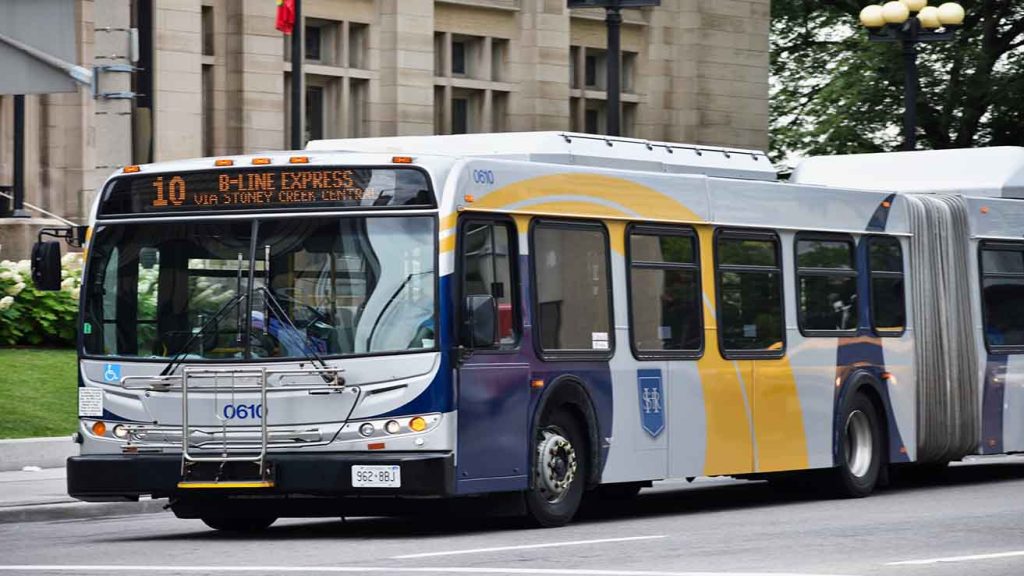
Suggested Day Itinerary Using a Rental Car
- Morning: Drive to Dundas Valley Conservation Area (650 Governor’s Road, free entry), hike a couple of trails, and stop at the Hermitage ruins.
- Midday: Pack a picnic from your apartment-style hotel or a nearby grocery store and eat by Webster’s Falls.
- Afternoon: Continue along the escarpment to Albion Falls and Sam Lawrence Park for a sunset viewpoint.
- Evening: Return downtown, park at your hotel, and dine at a James Street North restaurant, reserving your spot on OpenTable.ca.
This approach gives you access to both natural wonders and urban highlights, and it’s one of the reasons I always recommend a flexible plan for first-time visitors.
Safety and Practical Tips
- For Public Transit: Check schedules in advance, especially if you’re traveling after 9 PM. Keep small change for tickets, or use the HSR mobile app for convenience.
- For Car Rentals: Always confirm insurance coverage, watch for low-clearance bridges near downtown streets, and plan parking ahead if visiting popular areas.
- Hybrid Approach: Combine rental days with transit days to save money while experiencing both convenience and authenticity.
Personal Reflections on Hamilton Mobility
I’ve walked, biked, ridden buses, and driven across Hamilton countless times. Each mode has its merits: public transit teaches patience, encourages walking, and saves money, while a car opens the city’s surrounding natural treasures efficiently. By experimenting with both, I’ve found that Hamilton is a city best explored with flexibility.
The key is preparation. Using platforms like Expedia.ca, Booking.com, FlightHub.ca, and Viator.com allows me to organize lodging, tours, and car rentals simultaneously. Planning ahead ensures that whether I’m hopping a bus to Pier 4 or driving along the escarpment, every movement feels intentional and enjoyable.
Hamilton’s charm lies in its contrasts—urban streets alive with murals and markets, alongside serene lakefronts and forested escarpments. Knowing how to navigate the city amplifies that charm, and after multiple stays, I’ve realized that the “best” transportation is often a mix: a car for exploration, a bus for downtown immersion, and your own two feet to tie it all together.
